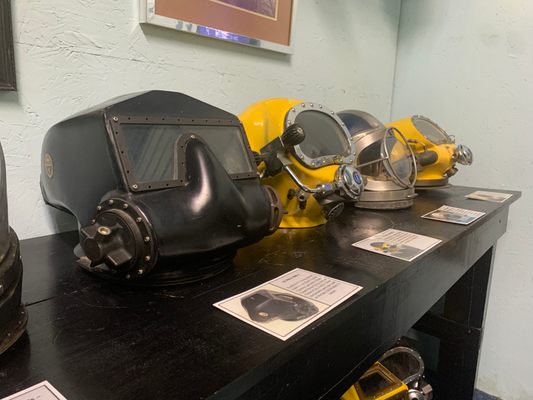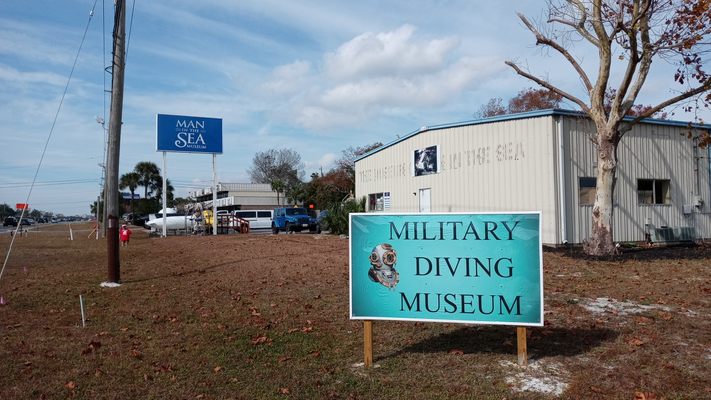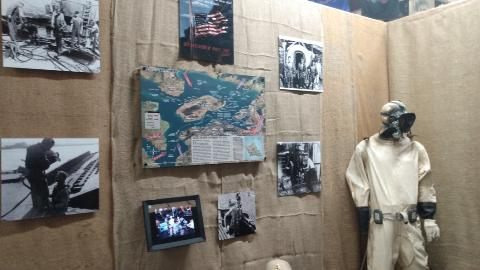About
Among the most complete – and oddly nonchalant – assemblages of its kind in the world, the Man in the Sea Museum has an almost absurdist air to the frankness with which it portrays man's attempts to explore the bizarre worlds at the heart of our oceans.
Founded in 1982 by the Institute of Diving, a collective of divers from the U.S. Navy's SEALAB Program, the Man in the Sea Museum charmingly follows the history of mankind's attempts at deep sea exploration. from early diving bells and diving suit rigs dating back to 1837, to bathyspheres prototypes for modern day manned mini-submarines and remotely piloted exploratory craft. As a bonus, treasures recovered from 16th-century sunken galleons off the Florida coast are peppered throughout the museum's 5,000-square-foot interior.
The true magnificence of the Man in the Sea Museum, however, is born of the cumulative effect of laying these craft out in a linear, straightforward display paired with the ability to examine them up-close. Such examination quickly reveals just how brave (or insane) the earliest captains must have been to undertake these ventures.
Strangely enough, the part of the museum best illustrating this is actually the parking lot, which is rimmed with the collection's biggest features.
Streamlined like a spaceship pointed in the wrong direction and painted a Pepto Bismol-pink, SEALAB-1 is Man in the Sea's crown jewel. First launched in 1964, the world's first working undersea habitat is kept with ports open for the curious of all ages to scramble through, marveling at the idea of being stuck inside such cramped quarters without escape.
Next in chronological order comes the Deep Dive System Mark 1, an experimental prototype dispatched in 1968. A quick glance from SEALAB-1 to the white contraption ahead reveals what a difference four years of the 1960s psychedelics crazy had on the Navy's engineers. Seemingly constructed from what appears to be an assortment of elbow joints leftover from your great-uncle's failed plumbing project, hoping a white paint job would present a mod aesthetic.
We'd be remiss if we didn't point out that some of the displays (both inside and out) are not the most spit-polished in appearance. But, aside from adding to its homespun charm, that's rather fitting for a museum celebrating this specific type of exploration that has never not-involved a healthy dose of both finger crossing and duct tape – figuratively, and it would appear, literally.
Related Tags
Community Contributors
Added By
Published
October 29, 2015



























































































